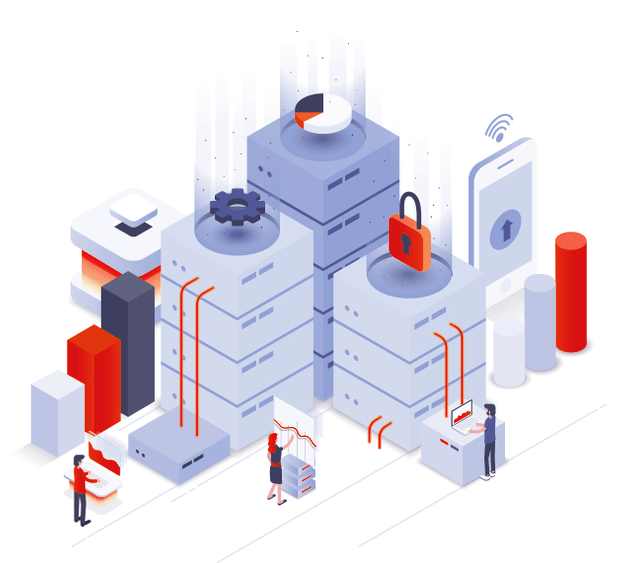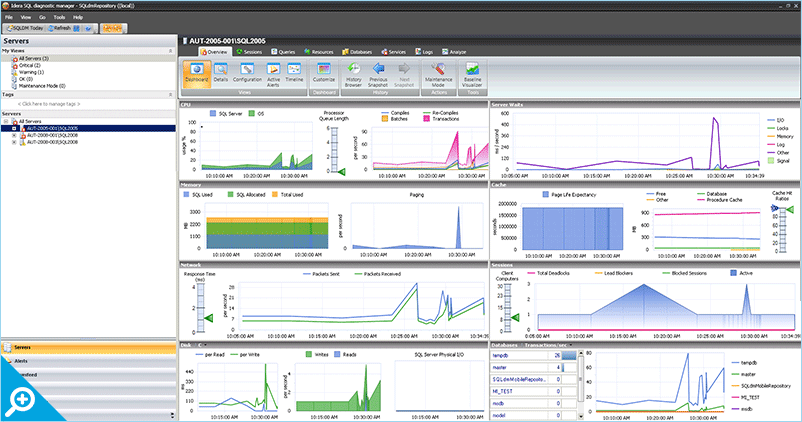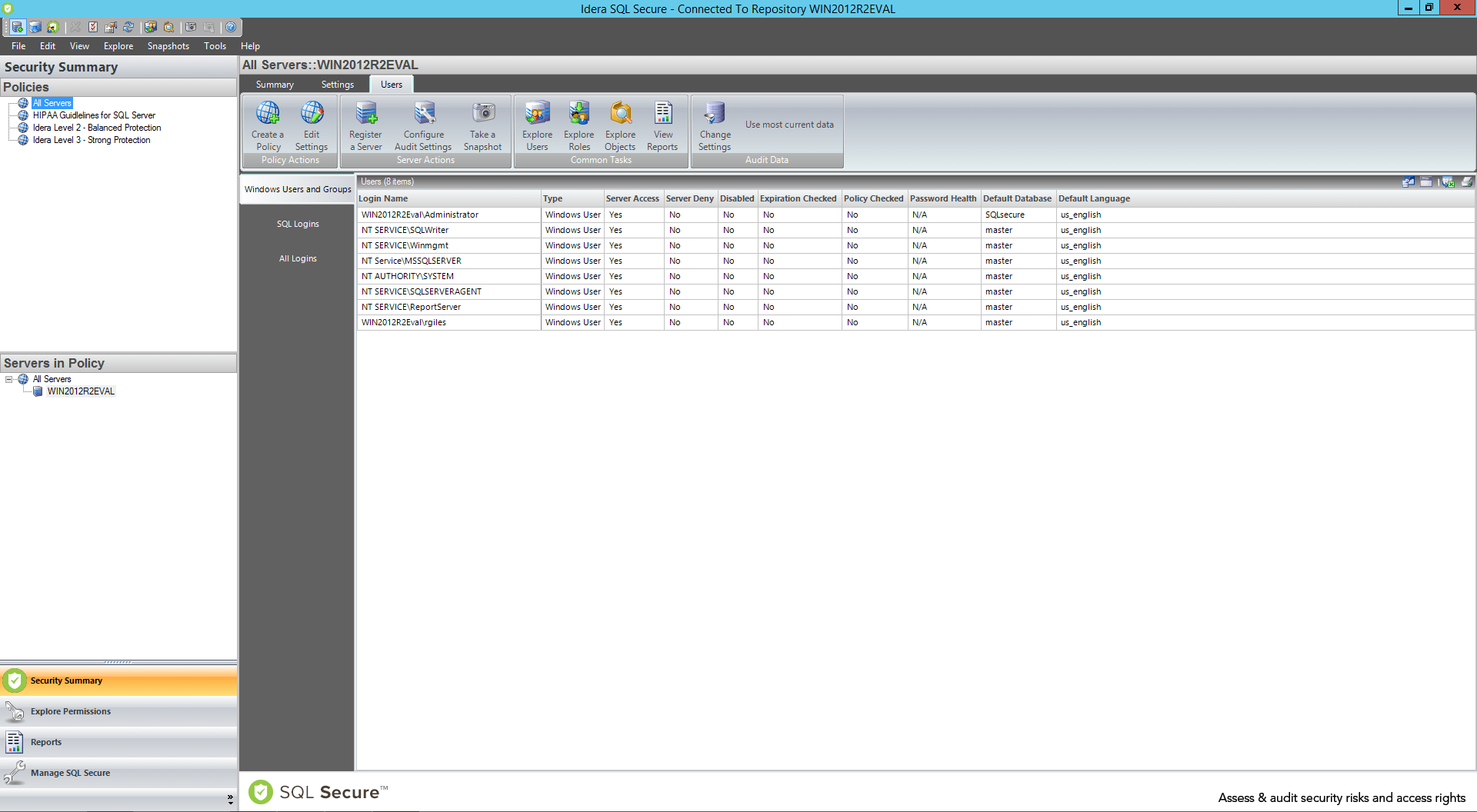
In this era of data breaches, protecting corporate data from unauthorized access is a high priority. SQL Server DBAs need to ensure that permissions are limited to the right levels for users and groups, and that minimum access is enforced. If any inappropriate access is attempted, the DBA needs to be promptly notified of a potential risk.
It’s also important to ensure that permissions lists are updated regularly, particularly when people leave the organization. DBAs need to show proof that former employees or contractors no longer have access to corporate data, especially anything sensitive or mission critical. Keeping track of changes to database objects, permissions, logins, and group members is difficult when new databases and users are added.
- Monitor performance for physical, virtual, and cloud environments
- Monitor queries and query plans to see the causes of blocks and deadlocks
- View expert recommendations to optimize performance
- Alert predictively with settings to avoid false alerts
- View summary of top issues and alerts
- Monitor Azure SQL Database and Amazon RDS for SQL Server


Identify Vulnerabilities
Understand who has access to what and identify each user’s effective rights across all SQL Server and Azure SQL database objects. Drill down by user or group to shed light on areas where security vulnerabilities may exist or have a chance of developing. Use the report catalog to track vulnerabilities, security changes, and user entitlement over time.
Set Strong Security Policies
View a complete history of SQL Server security settings and designate a baseline to compare against future changes, providing a valuable audit trail for forensic analysis.
Prevent Security Violations
SQL Secure provides an IDERA-defined Level 2 security check for balanced intrusion protection that leverages MSBPA and CIS guidelines and more. The security report card identifies top security vulnerabilities on your databases and servers. Each security check is categorized as High, Medium, or Low Risk. You can drill into each security check to get more detail.
Analyze User Permissions
Analyze membership to powerful server roles and groups such as administrators, systems administrators, and security administrators to ensure the level of access is warranted. From a group, see the list of group members and select a member for further analysis. From a user, see the group memberships and drill upwards to view inherited permissions.
